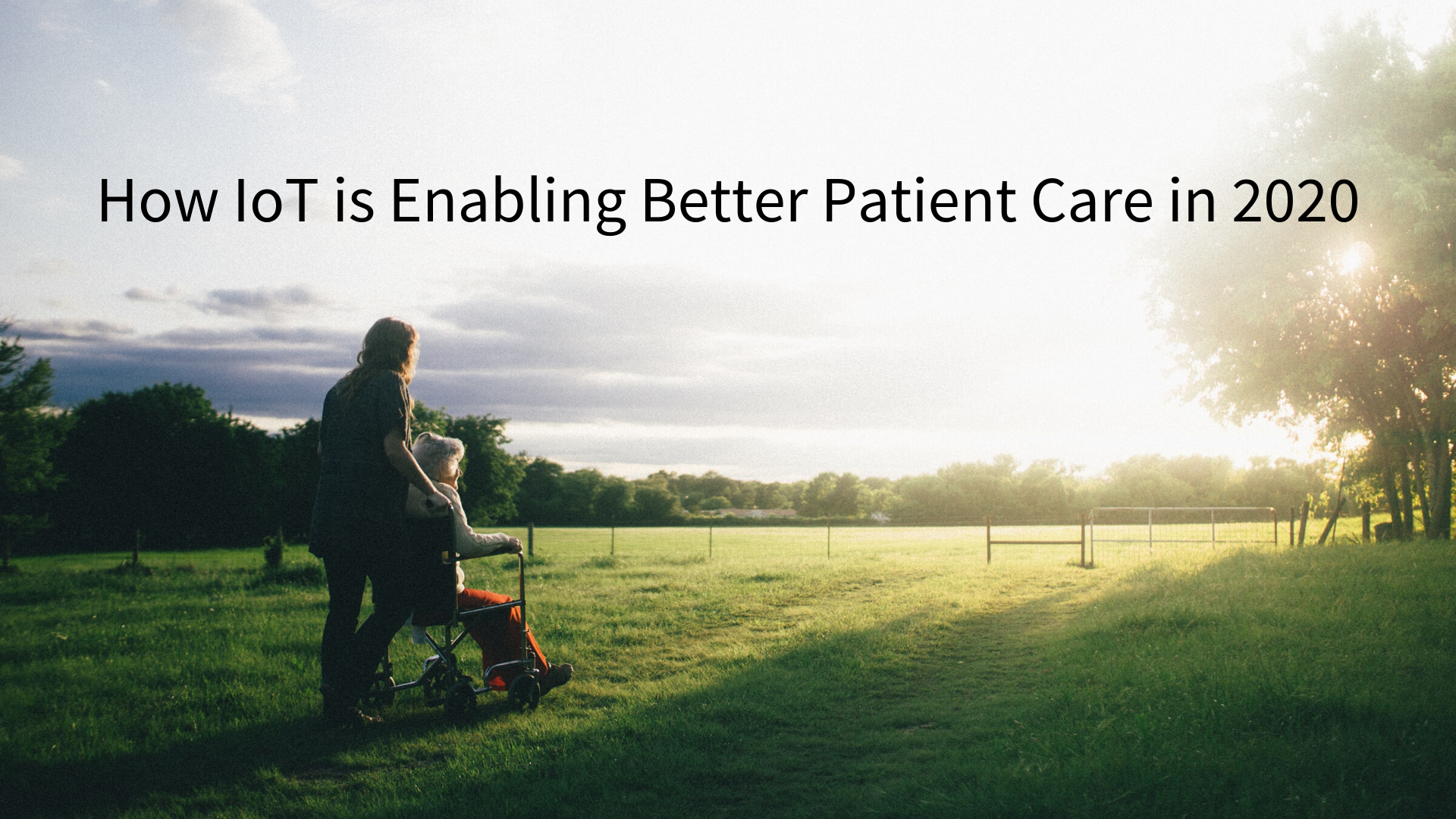Learn how patient care IoT is changing how healthcare providers protect their secure digital perimeter while saving lives.
Enabling effective patient care has never been more important. Luckily, thanks to advances in technology and the IoT, healthcare has the potential to really outdo anything before. Patient monitoring, shorter wait lines, and more effective patient care are just a few of the ways the IoT is changing healthcare.
Shorter Wait Times
We’ve all been to the waiting room when there are just too many people there. It’s a pain. It’s also an incredible burden on healthcare staff. What if IoT could make waiting time go faster? Healthcare is already using IoT to help speed up the process. For example, one hospital in New York uses IoT devices to let their staff know the moment a bed becomes available.
Remote Monitoring and Patient Care IoT
Remote monitoring is another way IoT is enabling seamless patient care. Smart IoT devices can monitor patients in the comfort of their own home. This spares them travel time if they are immobile, or lets them spend more of their lives in a comfortable space and less time in hospital waiting rooms.
Prolonged Hardware
IT can also prolong hardware lifecycle and monitor devices. Low cost devices with high power like the Raspberry Pi 4, for example, can be used at all levels of the hospital. They are secure, low cost, and can be used to solve complex use cases. What’s more, PC Conversion now works with IoT. Thanks to Stratodesk software, for example, hospitals won’t need to replace all devices. Instead, they can extend the lifecycle of their existing devices.
Monitoring Hospital Staff Behavior
Not so much a problem in small hospitals – tracking down the right healthcare professional at the right time is critical in large hospitals. Innovations in IoT have made this easier. IT can now actively track where their healthcare providers are when at work. That might sound a little terrifying, but it’s essential when saving healthcare providers seconds also saves lives.
Patient Care IoT Enables Intelligent Workspaces of the Future
Lastly, IoT can play a role in enabling smarter work places. Already, smart devices enable healthcare professionals to seamlessly tap in and out of their unique sessions. Virtualization technology, meanwhile, enables IT to grant secure access to providers whenever/wherever they need it. When combined, IoT devices and VDI can have pretty big implications on healthcare workspaces. These include time savings, cost savings, and better management.

